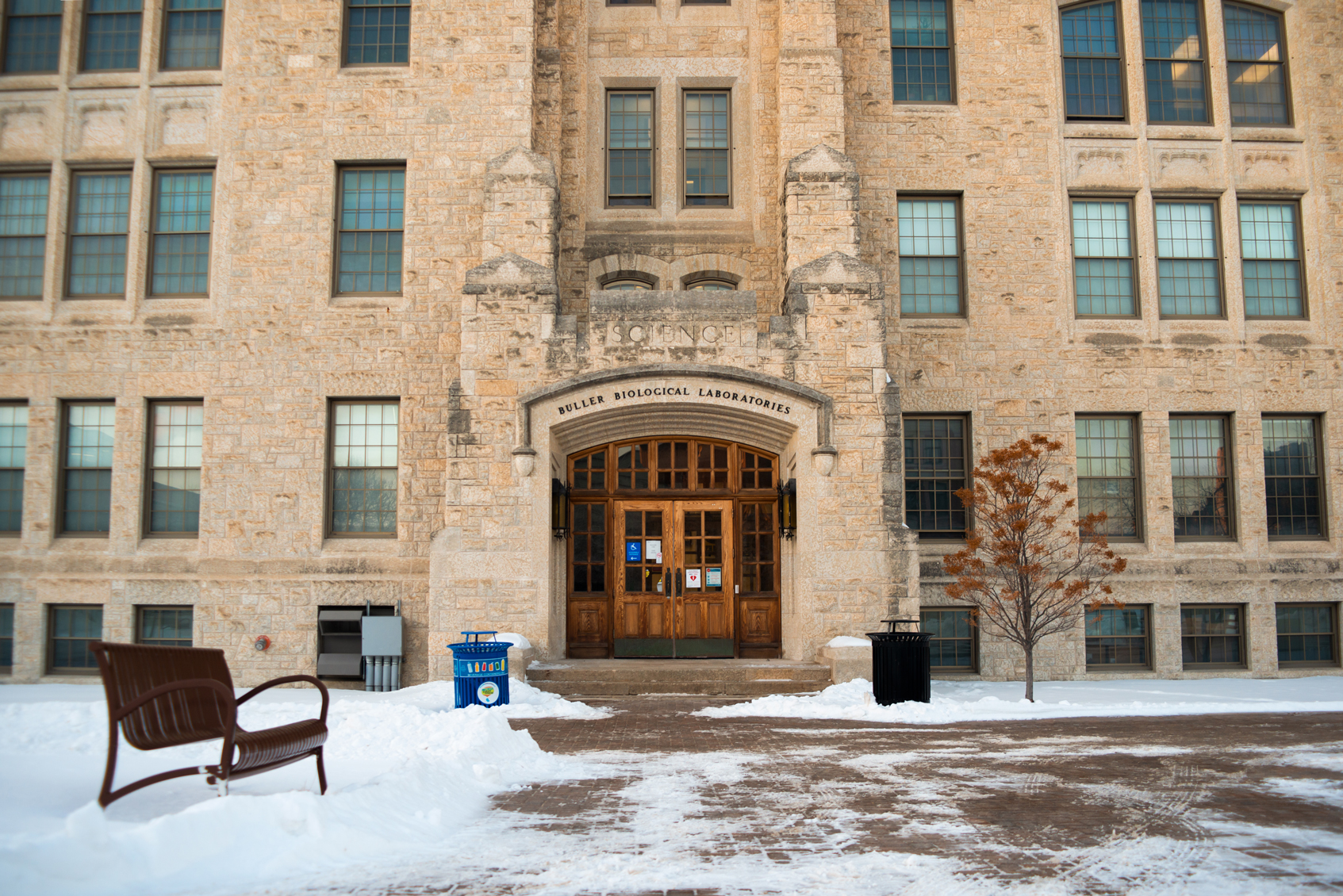The University of Manitoba’s senate meeting on Wednesday, Jan. 9, was dominated largely by a discussion of the school’s Strategic Enrollment Management (SEM) planning framework, a collection of data and perspectives on academic institution operation that assists faculty and administration in setting and meeting enrolment goals.
The U of M’s SEM plan is important to both future and current U of M students because it plays an integral role in shaping the identity of the university as compared to other Canadian schools.
A report to senate led by vice-provosts Susan Gottheil and Jay Doering, as well as provost Joanne Keselman, recommended a set of enrolment goals for 2017. Those goals included growing the number of students enrolled full-time to 32,000 and increasing Aboriginal student enrollment from 7.7 per cent to 10 per cent (undergraduate).
Gottheil noted that, while the U of M has done a good job of meeting its goals for international students, “we know that now we need to start looking at how international student enrollment is spread across programs, how we support those students, and what are some of the issues those students have.”
A discussion on challenges to meeting enrollment goals followed. An “unwelcoming campus climate,” and “poor self-esteem and confidence” in students were listed as potential roadblocks, especially when it comes to retention.
“Students often have poor self-esteem or poor self-confidence. Some may not have role models at home or in their communities [ . . . ] it’s often confidence that helps students overcome what they see as adversity and hardship in getting through their programs. We have to think about how to address that particular issue,” Gottheil told the senate.
During the question period, Robert-Falcon Ouellette, a program director with aboriginal focus programs, explained that, while increasing enrolment of Aboriginal students is a positive step, it is also vital to follow through with special support for those students throughout their university experience.
“Many Aboriginal students find the campus to be an unwelcoming environment [ . . . ] the students indicate to me, when they leave the program, that they don’t feel a relationship with people – their professors or classmates [ . . . to end this problem] it’s going to demand additional resources from staff and faculty members. Perhaps faculty could take one or two Aboriginal students under their wing and mentor them,” suggested Ouellette.
Bilan Arte, president of the University of Manitoba Students’ Union (UMSU), told the Manitoban she agreed that the U of M could be an unwelcoming place for many students, in particular for those from Aboriginal communities.
“That unwelcoming sentiment often extends to the classroom structure and the knowledge content in class,” added Arte.
Despite advocating on UMSU’s part to incorporate certain principles of aboriginal pedagogical philosophy into classes, an official U of M policy has not come to fruition.
The U of M Senate oversees, and makes rulings on, issues of an academic nature as outlined by the University of Manitoba Act. Most senate meetings are open to the public.
The next meeting will be held on Feb. 6 in the senate chambers.




